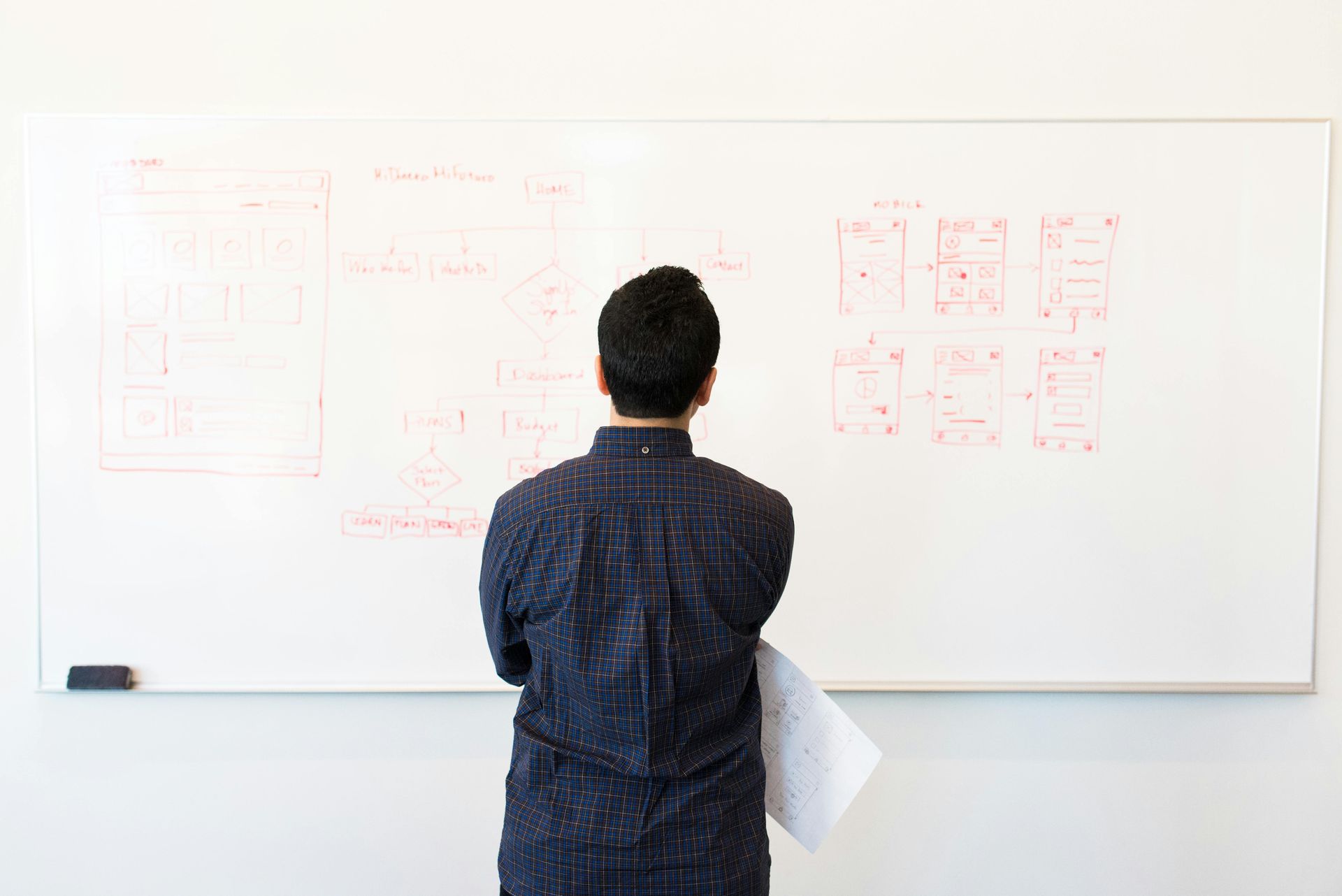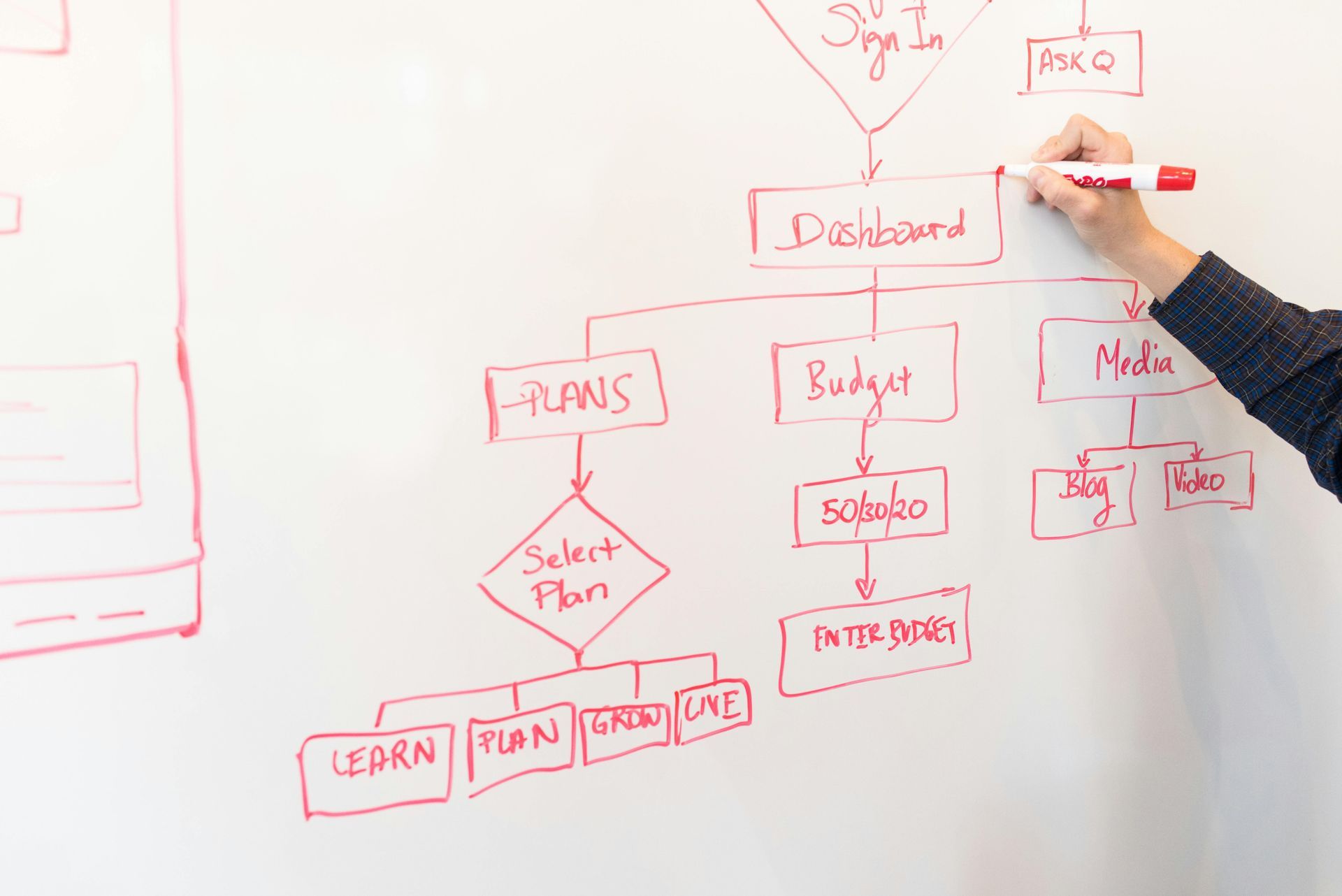Stop breaking the ice
Warm things up instead.

Don't break the ice when you're interviewing a candidate. Warm-up the discussion, melt the ice, and create flow.
Start with an interesting topic about your shared sector and encourage engagement and create a discussion that naturally transitions into the interview. This can happen during the first company interview after your candidate has been screened.
Why do this? It can be more interesting and entertaining, allowing candidates to share their unique and potentially new insights into the sector. Let's look at a fictional interview for a cyber security analyst position:
Interviewer: "Ransomware has become quite problematic over the last 5-years, though a number of foundational security measures have proven fairly effective at preventing their malicious executables from gaining initial access. Much of this has to do with providing better training to the average employee about how to spot social engineering attempts through email. What's your take on that? "
Candidate: "I completely agree with that. I'll add to it that it might be helpful to train the human and employ technical preventative measures. Concentrating on prevention heavily mitigates the problem from happening in the first place."
Interviewer: "There are so many computer users in large organizations, some who might not take it seriously though. How does one effectively improve user participation in cyber security training?"
Candidate: [pauses] "You know there's something I've been thinking about to address this very issue. Current security framework, OSI-7 layer model, is all together missing the person in the loop. The human decision maker could be the weakest link in those cases of sophisticated ransomware attacks. Why not revamp the OSI-7 layer model to the OSI-8 layer model, right after the application layer? By institutionally re-framing the security model, cyber security practitioners now have to secure the human, ensuring that the user's decision making skills are corrected against lax practices and able to prevent compromises. We could then extend this into a human layer for common vulnerabilities enumeration (CVE) of falling for logo impersonations or quickly responding to socially-engineered emotional lures, for instance..."
Interviewer: "That's a very interesting idea. Clearly you understand the OSI 7-layer model, which is an important underlying framework for security here at our company. Can you tell me more now about the additional technical best practices you recommend on how to detect an intrusion attempt? Which specific tools have you found to be outstanding at this? [checks job description requirement for intrusion detection and prevention]
Remember, don't break the ice. Warm-up the conversation instead. It can be a shared or diverse interest or professional topic and let the melt flow into interesting and pertinent job requirements and conversational pivots for the interview.


All Rights Reserved | Privacy |Powered with 🤍 by Shazamme.com









